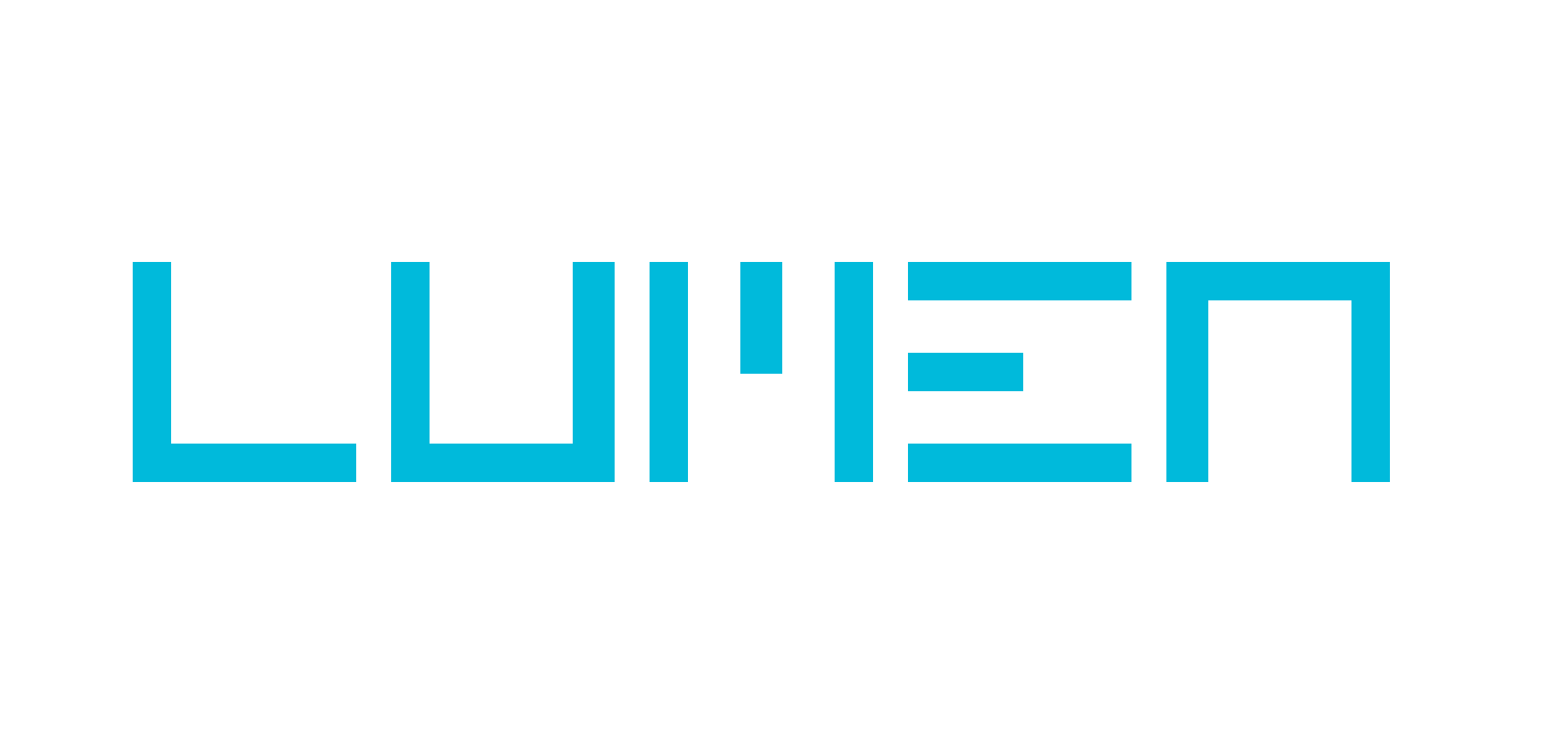00.00
Lumen at AURA

We were at the AURA Best of the MRS seminar at the RAF Club on Tuesday, talking through our prize-winning point of sale pre-testing tool, which we have developed in partnership with the wizards at Mirriad.

Point of sale is criminally under researched. Brands and retailers spend millions of pounds a year on materials that are intended to influence billions of pounds of expenditure, but often fail to test materials before they are installed in store.
This is because testing POS materials is currently very hard and expensive: you have to find matched pairs of stores to do A/B comparisons; you have to print two versions of everything and put them up in test and control stores; and then you have to do complex analyses to isolate the impact of the designs from all the other factors that influence sales. If you are a brand, you have one further hurdle: you have to beg or cajole the retailer to be allowed to do any of this in the first place. Is it any wonder that people just go with their gut?
This is where Lumen’s new POS pre-testing tool comes in.
It combines Hollywood-style special effects with Lumen’s proprietary webcam eye tracking to enable multivariant tests of POS materials, at scale and speed, anywhere in the world.
Here’s what we do:
-
Make a film of a shopping trip inside a supermarket, shot from the perspective of a shopper
-
Identify which POS materials we are most interested in learning about
-
Use Mirriad’s award-winning video editing technology to swap POS designs within the film, or insert wholly new POS elements
-
Recruit a sample of shoppers online
-
Email them the video for them to watch on their home computers
-
With participant opt-in, Lumen’s eye tracking software runs in their browser, which turns their webcams into accurate eye tracking cameras
-
Observe the differences in attention that different POS designs or frequencies generate

And all this can be combined with more traditional research techniques, such as questionnaires and choice architectures, to provide a full and rounded picture of the likely impact of different POS designs.
It’s a cheap and scalable way of quickly testing multiple designs. It’s minimally disruptive for the retailer, and so far more likely to be approved as a technique when suggested by brand owners. And it reliably isolates the impact of design: all other variables are held constant, so you can be sure that any changes in attention to POS or intention to purchase have been driven by the individual designs. It’s a proper innovation.
Two quick observations about the event itself.
It was great fun to present at AURA, a body dedicated to the users of research. It is the best place for market researchers to do market research on their own industry I know. The speakers were uniformly fascinating, but for me, it was the questions that the audience asked that were most interesting. They highlight the real issues that our clients face every day.
From these questions, I got the sense was that market research companies don’t understand what their clients mean by cost. We think of cost in terms of pounds, shillings and pence. But most of the questions I received were about time and effort. How much time will this take? What will I have to do to make this happen? How easy will this be to communicate this to my internal stake holders.
The good news is that the POS pre-testing tool (God, we’re going to have to come up with a better name for it, aren’t we?) is fast and cheap and good, easy to use and easy to understand.
Secondly, I was struck by the openness and generosity of the AURA community. Everyone was sharing stories and advice about how to do their job better. Often, you had people who, technically speaking, were competitors, but piratically speaking were collaborators. Without giving away any trade secrets or sensitive information, they all talk together to raise the standards of the insight industry as a whole. The collaborative atmosphere was really quite inspiring.
And it got me thinking about our collaborative approach at Lumen. We won two prizes at the MRS Awards in December, one for creative development in conjunction with Tesco, and the innovation one, on our own. However, of the two, I would say that it was the second that was the product of true partnership between client and agency. The idea, like many successful ideas, was the product of many minds (and a couple of boozy lunches). But the fact that it went from idea to execution so fast is testament to Tesco’s unique commitment to experimentation and innovation. Nick Meagher and Nina Webb at Tesco are as much the creators of this revolutionary new product as Lumen and Mirriad are.
00.00









